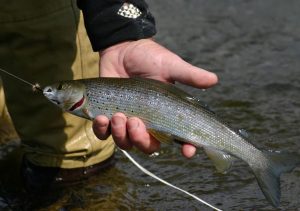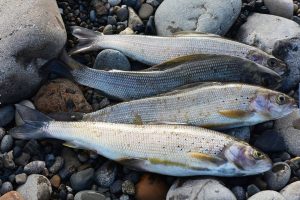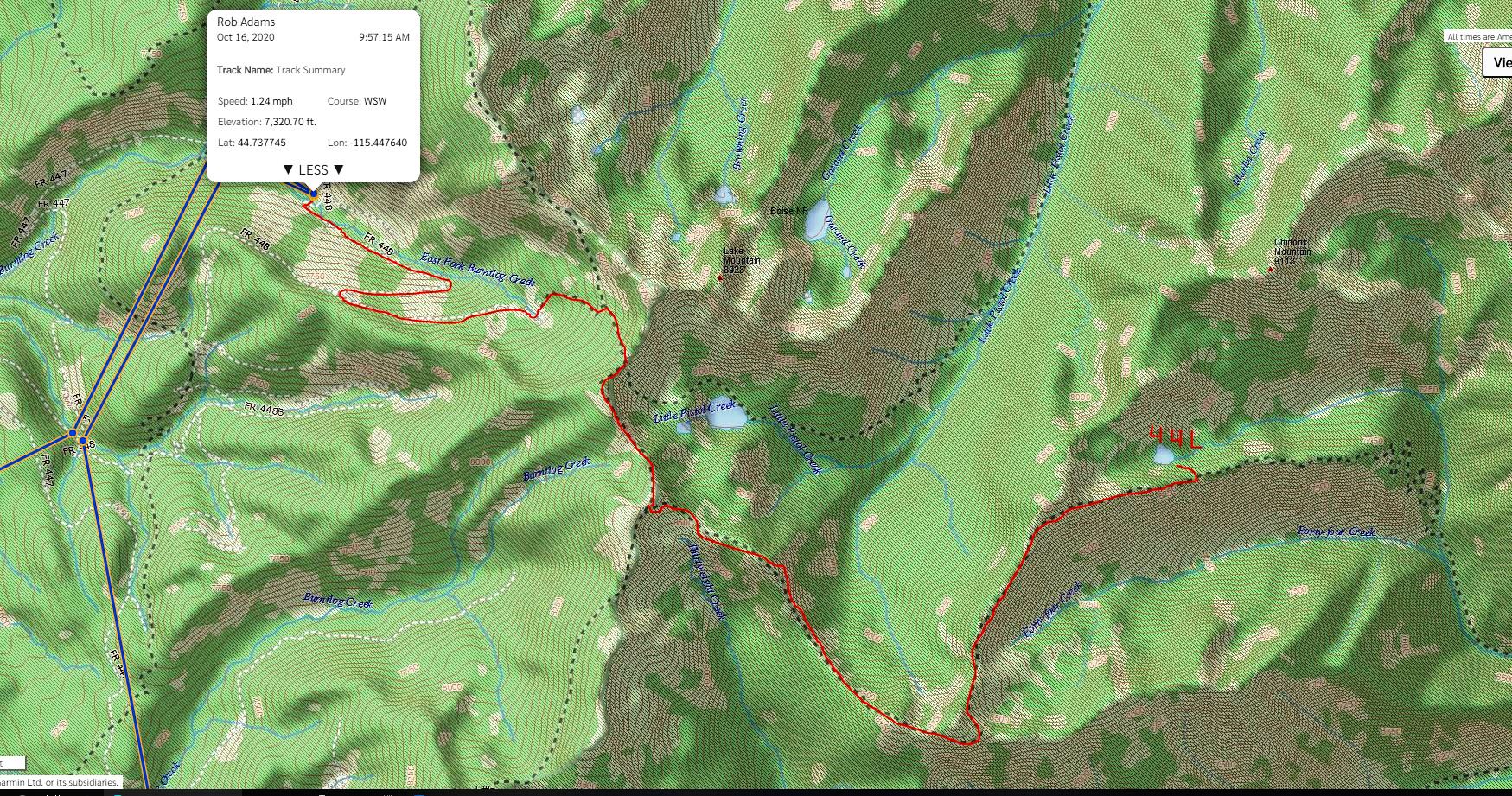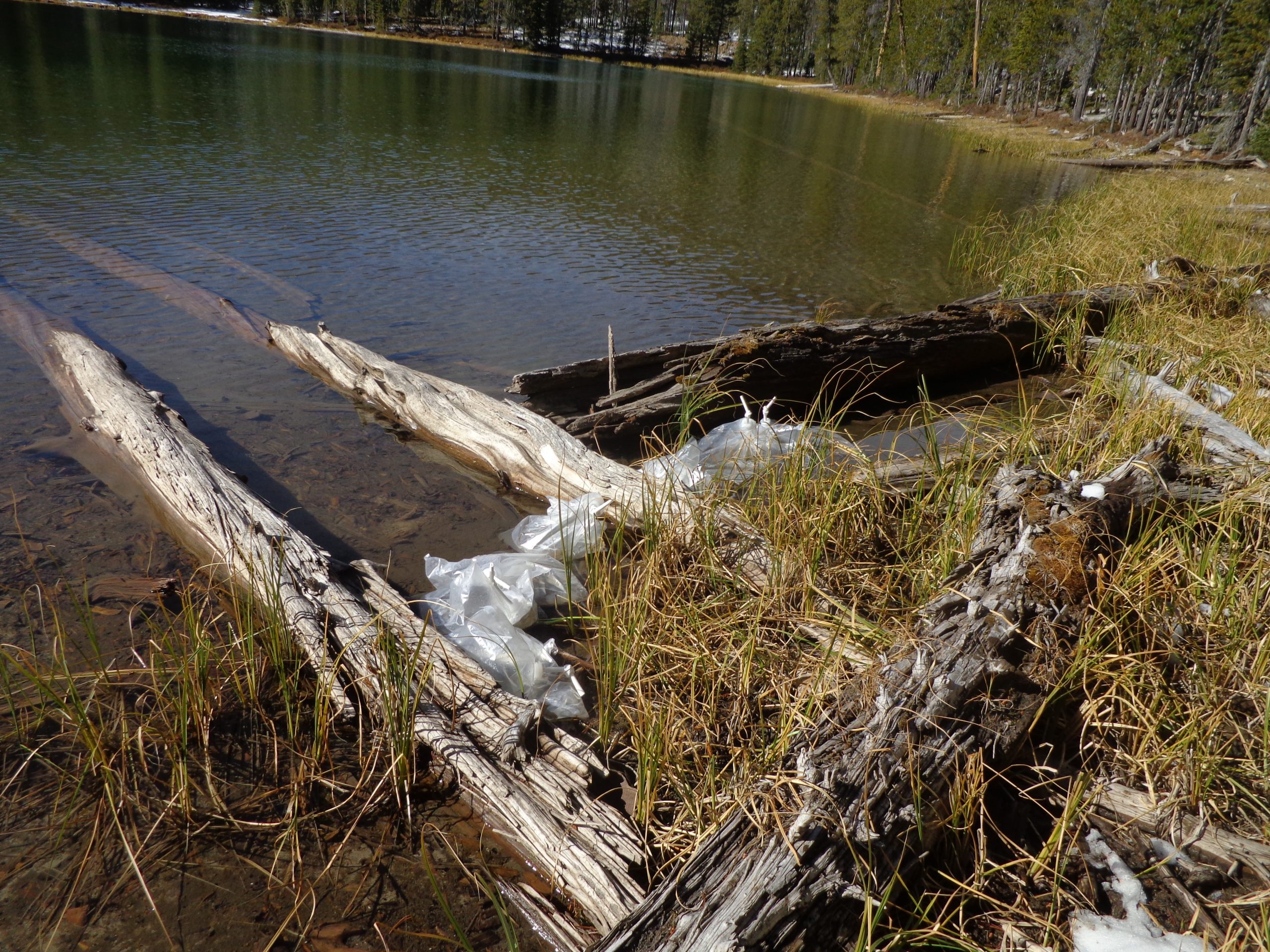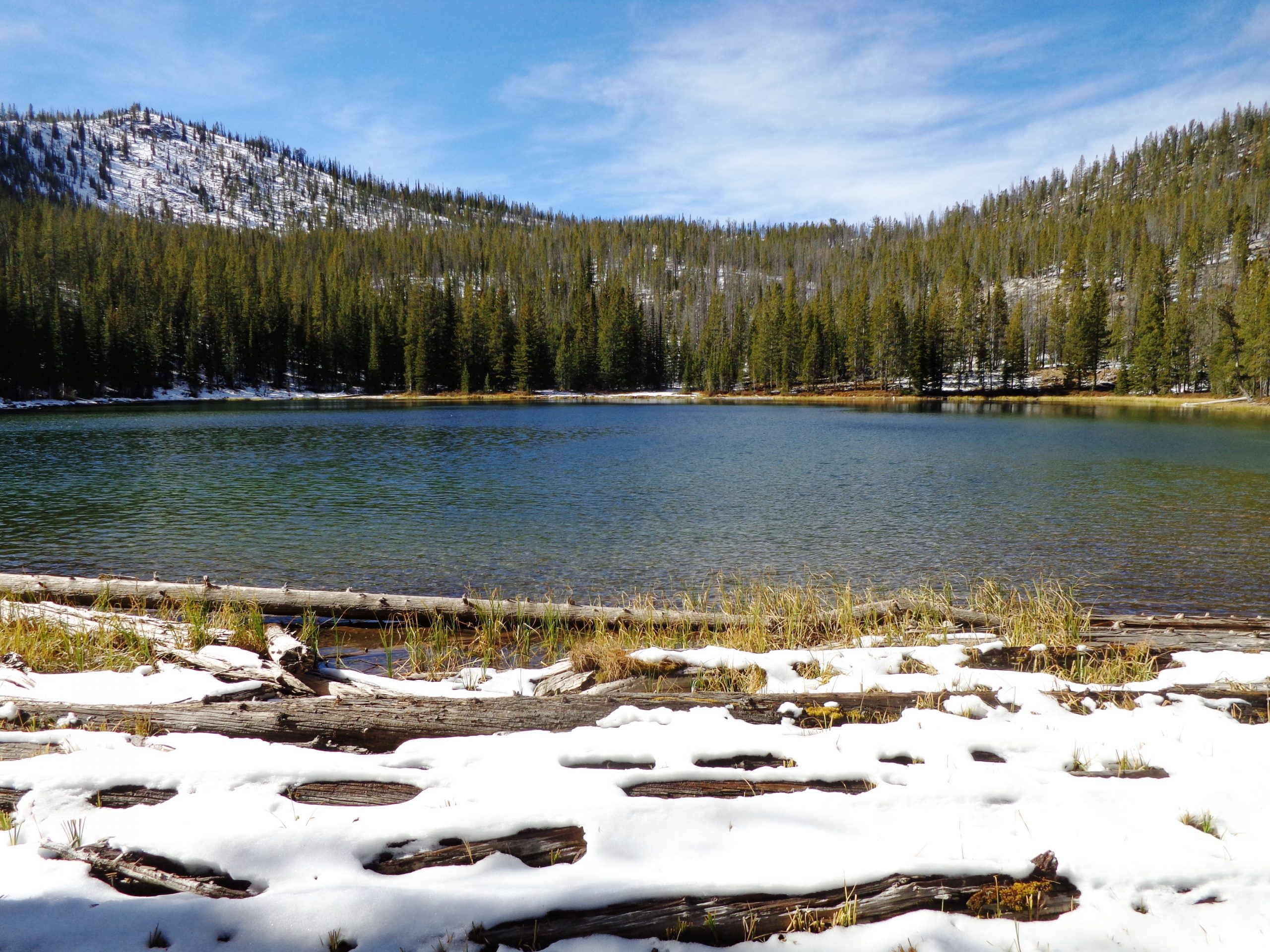 This summer a member of the chapter mentioned that in the past he had participated in packing in fish to a mountain lake and suggested that we might want to contact Fish & Game about getting some of their left over fish fingerlings in the fall after they had finished with their planned stocking. Calls were made and Malia Galloher 208-305-7822 in McCall agreed to call us if fish were available and we could agree on suitable lakes that could use them. At the end of September Malia called and said they had some Grayling that they would like to stock in lakes on the south western side of the Frank Church. The lakes being considered were Pistol and 44 lake near Landmark.
This summer a member of the chapter mentioned that in the past he had participated in packing in fish to a mountain lake and suggested that we might want to contact Fish & Game about getting some of their left over fish fingerlings in the fall after they had finished with their planned stocking. Calls were made and Malia Galloher 208-305-7822 in McCall agreed to call us if fish were available and we could agree on suitable lakes that could use them. At the end of September Malia called and said they had some Grayling that they would like to stock in lakes on the south western side of the Frank Church. The lakes being considered were Pistol and 44 lake near Landmark.
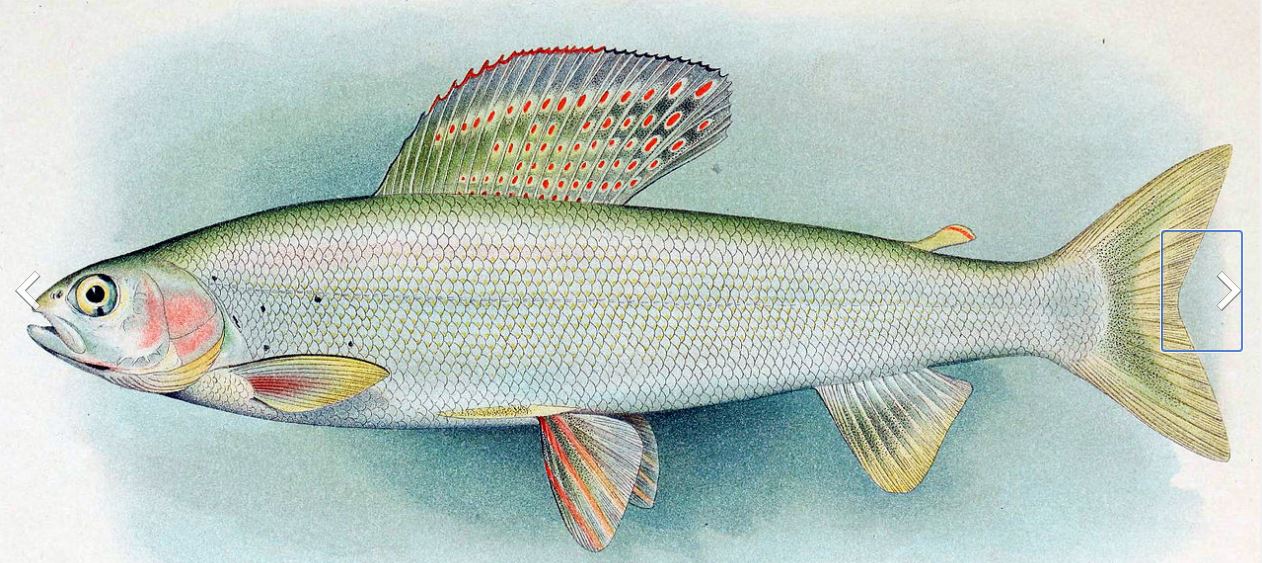
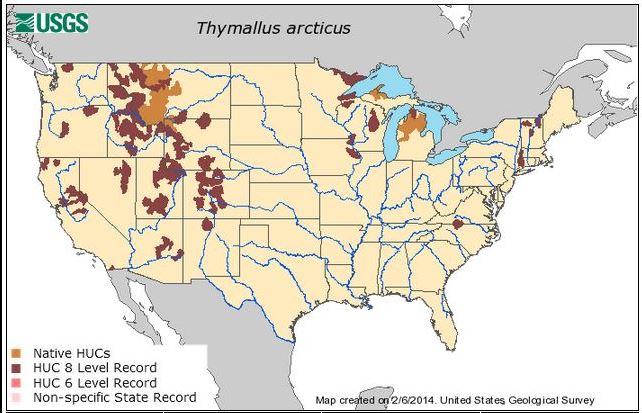 Arctic grayling grow to a maximum recorded length of 76 cm (30 in) and a maximum recorded weight of 3.8 kg (8.4 lb). Of typical thymalline appearance, the Arctic grayling is distinguished from the similar grayling (T. thymallus) by the absence of dorsal and anal spines and by the presence of a larger number of soft rays in these fins. There is a dark midlateral band between the pectoral and pelvic fins, and the flanks may possess a pink iridescence. T. a. arcticus has been recorded as reaching an age of 18 years.
Arctic grayling grow to a maximum recorded length of 76 cm (30 in) and a maximum recorded weight of 3.8 kg (8.4 lb). Of typical thymalline appearance, the Arctic grayling is distinguished from the similar grayling (T. thymallus) by the absence of dorsal and anal spines and by the presence of a larger number of soft rays in these fins. There is a dark midlateral band between the pectoral and pelvic fins, and the flanks may possess a pink iridescence. T. a. arcticus has been recorded as reaching an age of 18 years.
Where are grayling found?
RANGE: Arctic grayling are native to drainages of the Arctic Ocean, Hudson Bay and Northern Pacific Ocean in North America and in Asia. Two distinct populations historically inhabited waters in Michigan and Montana. The distinct population of Arctic grayling in Michigan is now extinct.
The arctic grayling is not native to Idho or Utah, but it has been introduced into several high elevation lakes in the Mountains. The arctic grayling eats primarily invertebrates, including insects, insect larvae, and zooplankton. … Grayling are related to trout and can be caught using familiar techniques.
How do you catch a grayling in a lake?
Arctic grayling can be caught in mountain lakes and streams. Grayling are typically caught with artificial baits including small spinners, lightweight jigs, wet flies and dry flies. They can be easily caught using a spinning rod and spinning reel.
Are Grayling good to eat?
Alaskan Arctic Grayling are a delight to catch as they readily hit dry flies and are a darn good fight for their size. … It is debated that the Alaska grayling is one of the best eating freshwater fish in the world. Their flesh is white and flaky when cooked over an open fire for a tasty shore lunch.
Life cycle
Several life history forms of Arctic grayling occur: fluvial populations that live and spawn in rivers; lacustrine populations that live and spawn in lakes; and potamodromous populations that live in lakes and spawn in tributary streams.
The Arctic grayling occurs primarily in cold waters of mid-sized to large rivers and lakes, returning to rocky streams to breed. The various subspecies are omnivorous. Crustaceans, insects and insect larvae, and fish eggs form the most important food items. Larger specimens of T. arcticus become piscivorous and the immature fish feed on zooplankton and insect larvae.
Spawning takes place in the spring. Adult fish seek shallow areas of rivers with fine, sand substrate and moderate current. Males are territorial and court females by flashing their colourful dorsal fins; the fins are also used to brace receptive females during the vibratory release of milt and roe. The fish are nonguarders: the eggs are left to mix with the substrate. Although the Arctic grayling does not excavate a nest, the highly energetic courtship and mating tends to kick up fine material which covers the zygotes. The zygote is small (approximately 3 mm or 0.1 in in diameter) and the embryo will hatch after two to three weeks. The newly hatched embryo remains in the substrate until all the yolk has been absorbed. They emerge at a length of around 12 to 18 mm (0.5 to 0.7 in), at which time they form shoals at the river margins. The juveniles grow quickly during their first two years of life.
Idaho Fish & Game McCall Hatchery
Species Production – Summer Chinook salmon is the primary species produced at McCall hatchery. A resident species program operates during the summer months, producing small fish for statewide mountain lake stocking, and redistributing catchable size rainbow into local area waters. https://idfg.idaho.gov/fish-identification
The Plan was for Joe Williams with his stock to drive up to the Pistol Lake trail head north east of Landmark on FR – 447 on Thursday October 15, and Rob Adams to meet Fish and Game on Friday the 16 to shuttle the fish to the trail head. Arrangements were made to meet F&G in Cascade on Friday morning at 08:00 at Grandma’s dinner. At 07:50 the F&G truck arrived and eight 3 gallon bags of fish were quickly loaded into coolers in Rob’s truck. The drive from Cascade to the trail head takes around 90 minutes and when Rob Arrived Joe was just finishing saddling his stock.
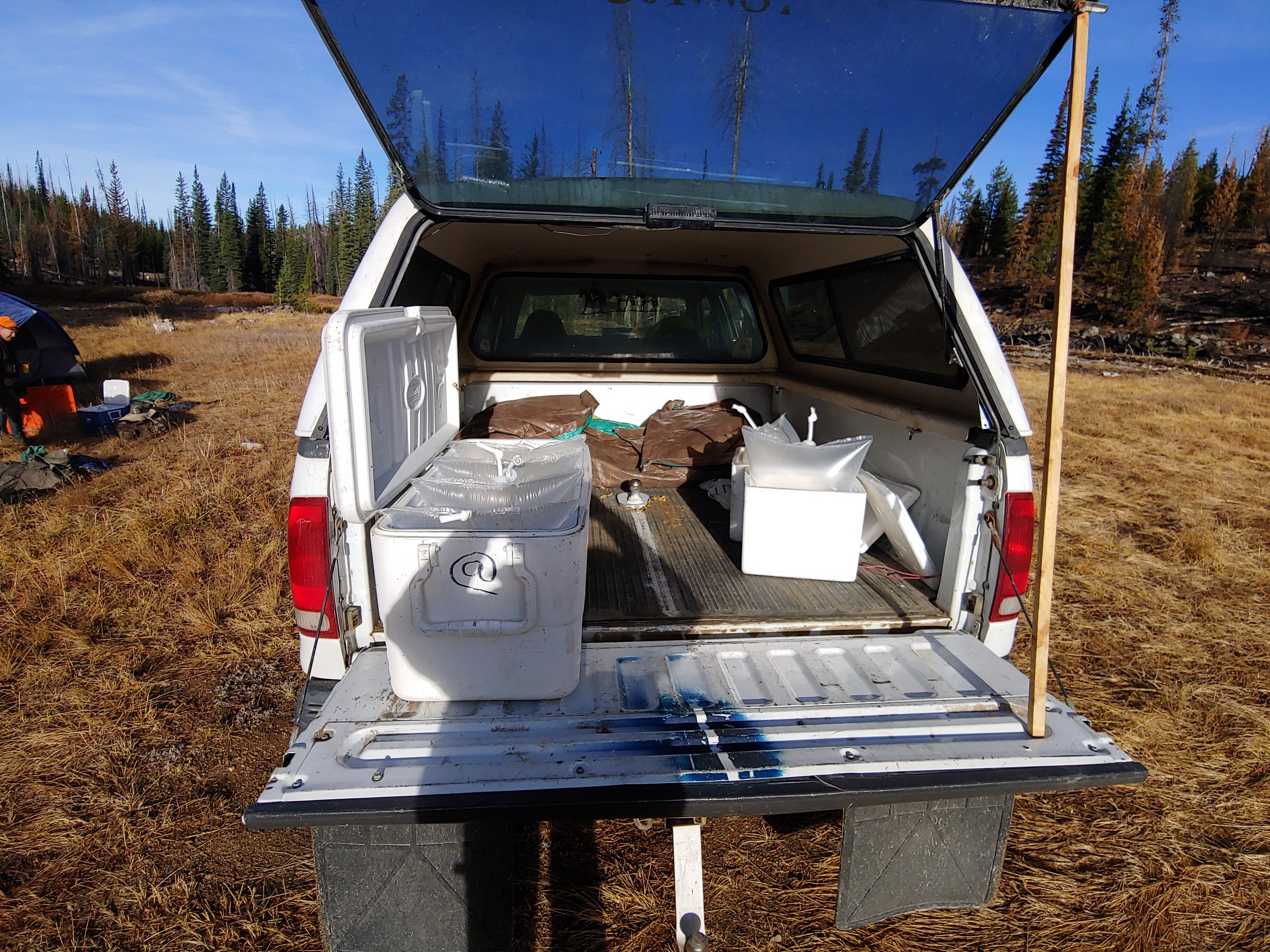
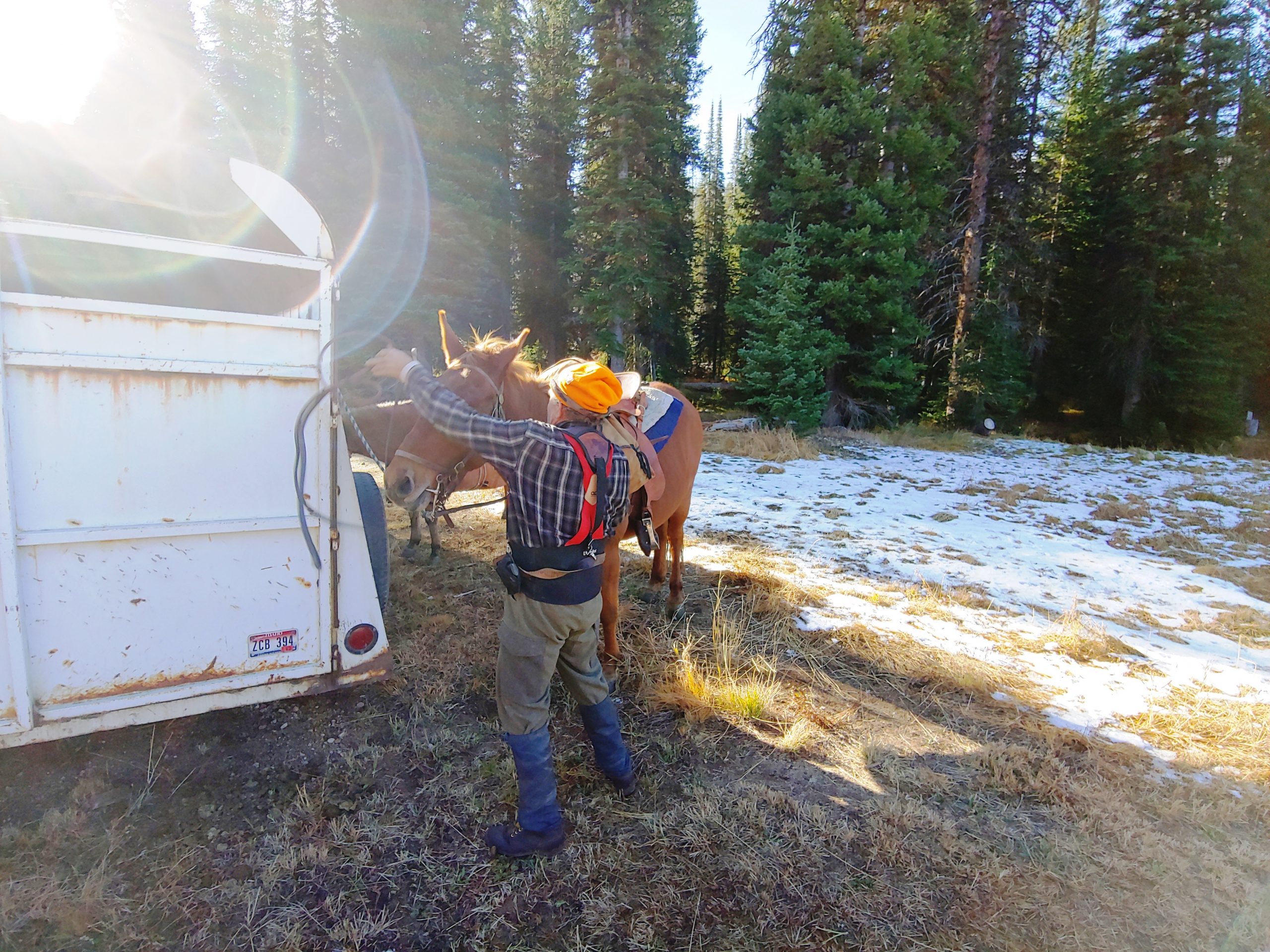 A bit of air was removed from each bag and the fish were loaded into some ridged pack boxes and the rest of the loads were hung and within 60 minutes of Rob’s arrival Joe was loaded and heading down the trail for the 7 mile ride into 44 Lake.
A bit of air was removed from each bag and the fish were loaded into some ridged pack boxes and the rest of the loads were hung and within 60 minutes of Rob’s arrival Joe was loaded and heading down the trail for the 7 mile ride into 44 Lake.
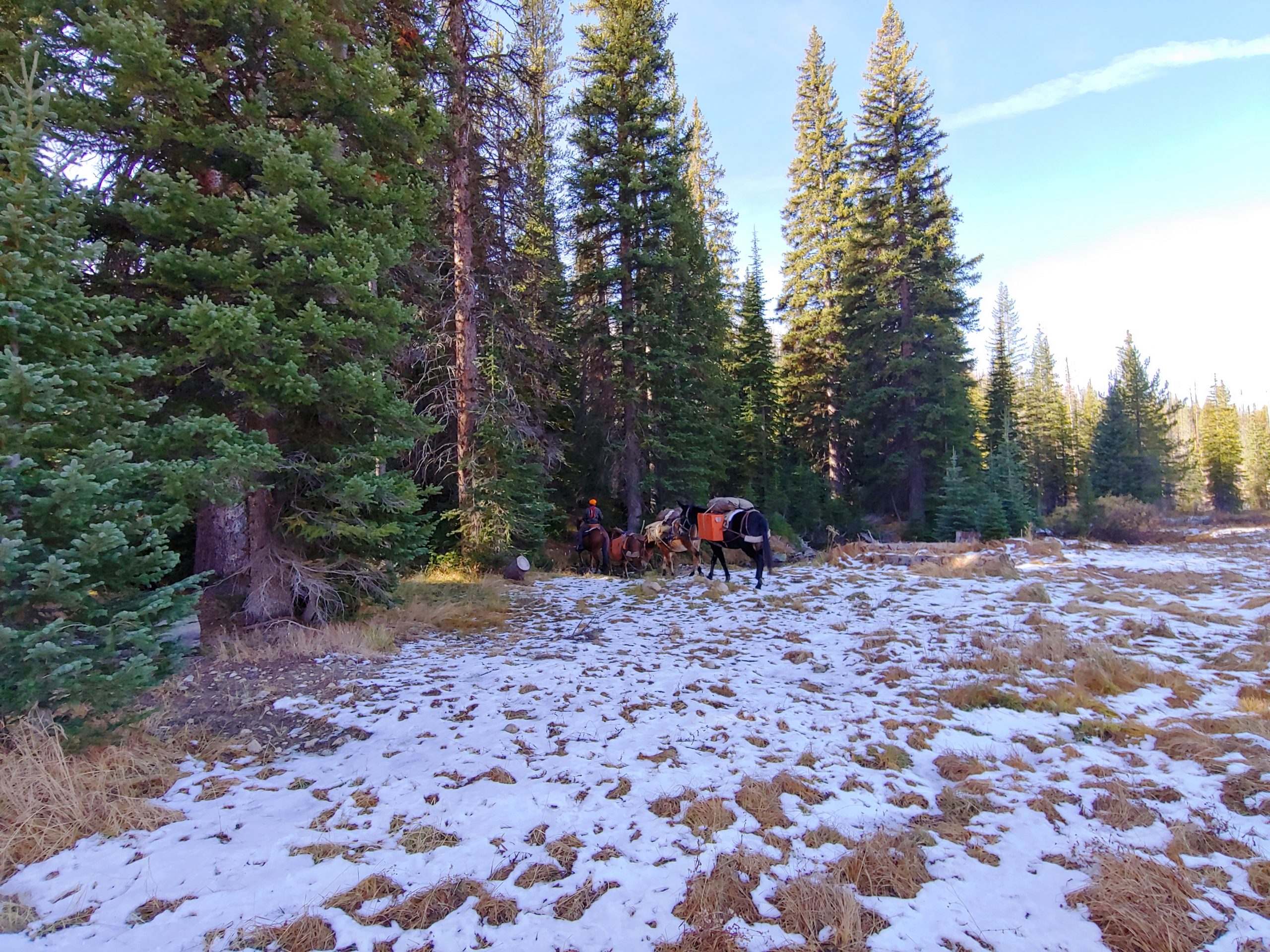 Joe reported on Sunday, that the fish did well and only a few didn’t hit the lake water and quickly disappeared into its depths. In a couple of years there should be some good Grayling fishing in this remote mountain lake.
Joe reported on Sunday, that the fish did well and only a few didn’t hit the lake water and quickly disappeared into its depths. In a couple of years there should be some good Grayling fishing in this remote mountain lake.


